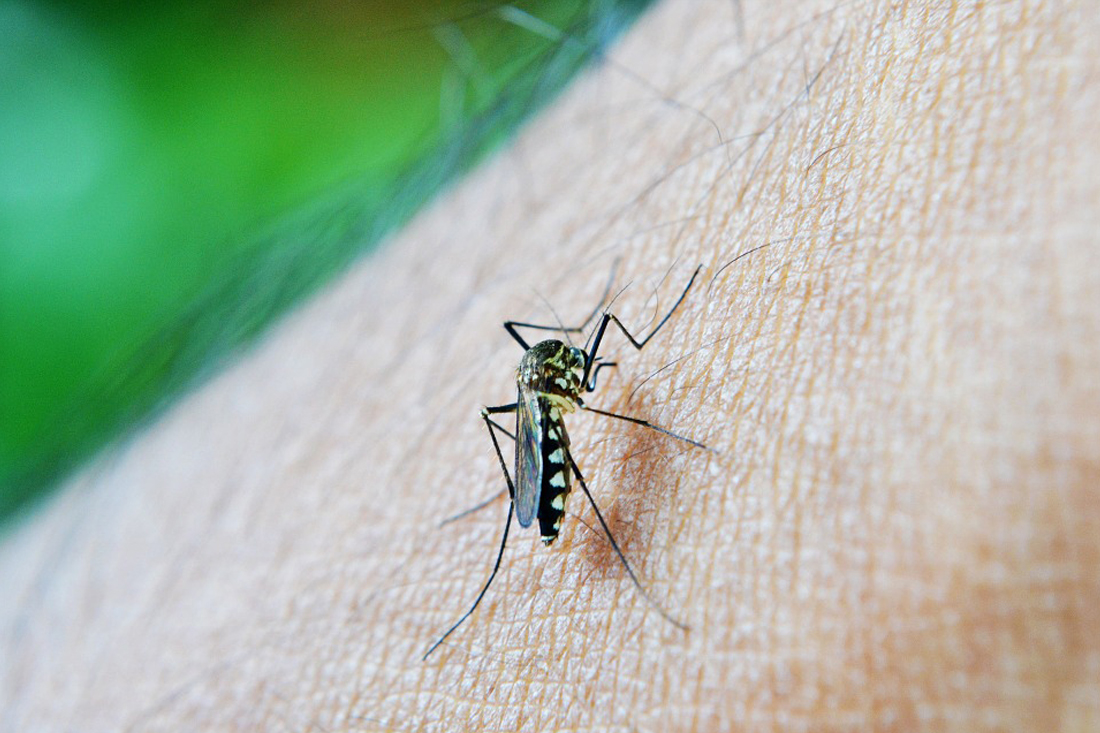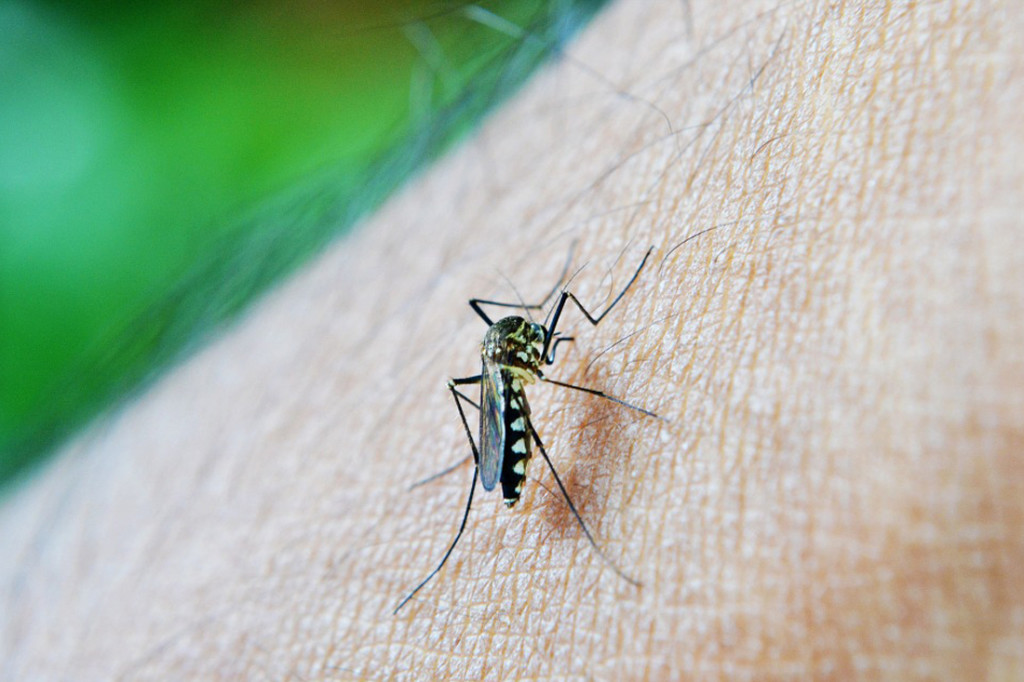
BY Brenda Garza | THE RIDER
The Rio Grande Valley is known for having the right breeding ground for mosquitoes, raising the question as to how the insect will react to the Zika virus. Research at UTRGV is on the verge of explaining just that.
“Students who are willing to ask the questions [will] get the answers,” said Joanne Rampersad-Ammons, a chemistry associate professor and director of the Howard Hughes Medical Institute grant (HHMI). “They see what’s going on and then they start getting involved.”
Brenda Hernandez-Barron, a biology senior with a minor in chemistry, asked her biological research problems professor about helping with research. Now, she is conducting research on the Zika virus under the direction of Christopher Vitek and John Thomas, assistant professors in biology.
Hernandez-Barron said she has been involved in research for about two years, but started working on the Zika virus in early January.
Hernandez-Barron depends on the supervision and assistance of either Vitek or Thomas while conducting her research. While Thomas cultivates the virus, she will hatch, rear (feed) and introduce the Zika virus to the mosquitoes. She said this needs to synchronized, otherwise, it will be a waste and must be redone. Once she interprets all the results, she will write a manuscript.
Zika can be passed from a pregnant woman to her fetus. Infection during pregnancy can cause certain birth defects, according to the Centers for Disease Control and Prevention (CDC) website. There is no vaccine or medicine for Zika.
Asked if she had any fears when working with the virus, she replied, “Zika. Fear? It’s an adrenaline. It’s really exciting more than I am afraid of it. To be able to handle that mosquito that has Zika in it … it’s exciting!”
Hernandez-Barron said she got started in research after approaching Vitek.
“You really have to approach a professor and ask them, ‘OK, so I’m really interested in doing research and I would like to work with mosquitoes, or genetics or working in ecology, or crop management, but you have to approach a professor because if you don’t know, they can guide you in the right direction,” Hernandez-Barron said.
Her dream and life goal is to work for the CDC.
“I want to work with more dangerous viruses,” she said. “I want to get my work published.”
She will present her extensive research on the Zika virus at the end of the month at the International Congress of Entomology in Florida.
Hernandez-Barron will graduate in December and though her original plan was to be a pre-med student, after conducting research, she switched her major and will attend graduate school in the hope of acquiring her doctoral degree in entomology. She will concentrate on mosquitoes and how they interact with viruses.
Under the HHMI program, Hernandez-Barron receives a stipend to work with researchers.
“My grant will be over in December when I graduate, but we are waiting on pins and needles for the National Institutes of Health (NIH) grant, which is a long-term grant that will help fund the research.”
The $3.5 million proposal that was submitted to the NIH by Vitek and his associates in the summer of 2015 would focus on what is going on in the Rio Grande Valley and its mosquitoes.
Vitek, Thomas and other researchers from Texas hope that this grant is approved, as it will help them to further study the Zika virus.
“In the Rio Grande Valley, there have been no known cases of the Zika virus,” Vitek said.
But at the State of Texas Active Response to Zika Virus Conference (STARZ) in McAllen on July 1, researchers said, “It’s not a matter of if it gets here, it’s a matter of when. That is why the research is so important,” according to Hernandez-Barron.
There are more than 2,500 known cases in the United States, according to the CDC. There are 125 cases in Texas, yet none in the Valley.
“Zika has been around since the 1940s as a disease in Africa, but it was not historically known until 2015, when it was introduced to South America,” said Vitek, who is studying 80 different mosquitoes from around the Valley.
Kuzy Zarzosa, a senior biology major and research assistant, collects mosquitoes from north Mission.
“[Zarzosa] is in a long-term project,” Hernandez-Barron said. “She brings mosquitoes from the outside, freezes them and then analyzes them to see what species they are and in what specific area, what are their numbers and how many there are during rainy and dry seasons.”
Zarzosa said she was also a pre-med student but after doing research on fruit flies, she became fascinated and changed her major to biology and, like Hernandez-Barron, she will go to graduate school to obtain her doctorate.
“The HHMI program’s name is ‘Leaders in Science,’” Rampersad-Ammons said. “I am training you to be a professional.”
Students are required to be in lab on time, meet goals and are held accountable for the tasks they are responsible for. “All bad habits will be lost,” she said.
“The university is interested in getting experiential learning embedded in the classroom, across the curriculum, getting kids involved with experiential learning after school which makes us the best kept secret on campus,” Rampersad-Ammons said.







